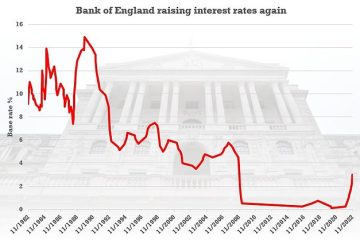The New World: Unveiling Its Modern Importance

Introduction
The term ‘New World’ typically refers to the lands of the Americas that were discovered by Europeans in the late 15th century. It signifies a cultural, economic, and geographical reorientation that had profound effects on global history. In today’s context, the New World remains significant not just from a historical viewpoint, but as a dynamic region influencing geopolitical landscapes, economies, and cultures across the globe.
Historical Context
The New World came into prominence following Christopher Columbus’s expeditions, leading to the establishment of European colonies. This expansion had enduring consequences, including the displacement and decimation of Indigenous populations, the transatlantic slave trade, and the introduction of new agricultural products and animals between the continents, known as the Columbian Exchange.
Modern Relevance
In the contemporary setting, the New World comprises vibrant nations including the United States, Canada, Brazil, and Mexico. These countries not only contribute significant cultural exports like music, film, and cuisine but also play pivotal roles in global politics and economics. For instance, the United States is often regarded as a world leader in technology and innovation, while Brazil is a key player in South American politics and agriculture.
Additionally, environmental issues surrounding the New World, such as deforestation in the Amazon rainforest and climate change impacts, are becoming increasingly relevant as they directly influence global environmental policies and agreements. The New World is at the forefront of these discussions, making it a crucial region in the fight against climate change.
Conclusion
The legacy of the New World extends beyond its initial discovery; it continues to shape contemporary society. Understanding its historical significance helps contextualise modern dynamics, from cultural exchanges to economic power shifts. As the world continues to evolve, the New World will likely remain a focal point for innovation, culture, and critical environmental discussions, highlighting the need for sustainable development practices in the region. For readers, recognising the enduring impact of the New World may offer insights into current global trends and future challenges.









